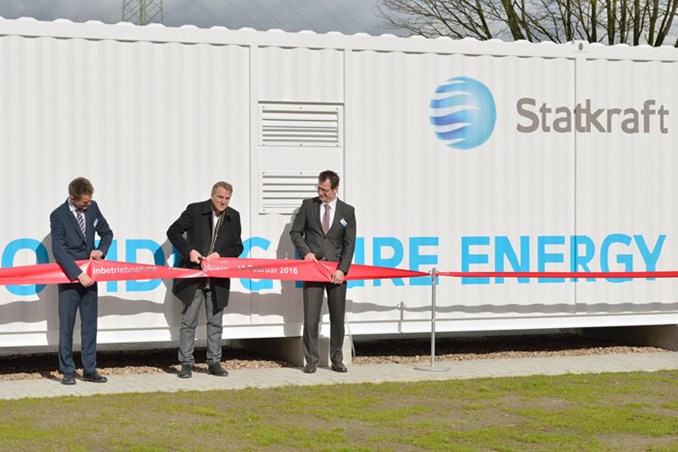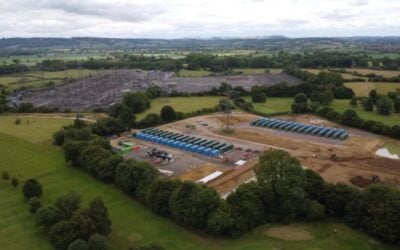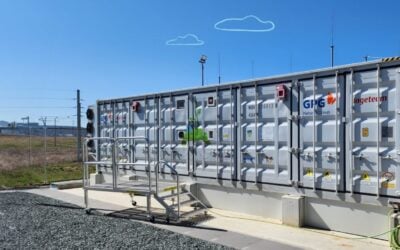
Statkraft has partnered with energy & meteo systems to launch a 1GW wind, solar and battery storage virtual power plant in the UK, which it says will further renewables’ penetration into the country’s energy market.
The VPP will combine the renewable generators with flexible gas engines and compare its output to Day Ahead, On-the-Day and cash-out price forecasts, which will enable real time optimisation of its power trading on the wholesale market.
Enjoy 12 months of exclusive analysis
- Regular insight and analysis of the industry’s biggest developments
- In-depth interviews with the industry’s leading figures
- Annual digital subscription to the PV Tech Power journal
- Discounts on Solar Media’s portfolio of events, in-person and virtual
And Statkraft is to double the VPP’s capacity by the summer, stating that making the best of its flexibility will help integrate further renewables into the UK power grid.
Energy & meteo systems has delivered the VPP software which connects, coordinates and monitors the generators’ power outputs through a common control centre, allowing it to act within various energy markets as a conventional power station would.
Statkraft already operates Europe’s largest VPP – a 12GW plant that comprises more than 1,400 wind and solar installs in Germany – with control signals, forecasts and generation data exchanged every second.
Duncan Dale, vice president for sales and new products at Stakraft in the UK, said that it was the firm’s business model to market renewable assets “with maximum efficiency” and match power output with market demand within seconds.
“The increasing share of renewable energy in the UK will require a maximum of flexibility in the British power grid. By integrating batteries and engines into the virtual power plant and optimising their operations we can provide this flexibility reliably,” he said.






